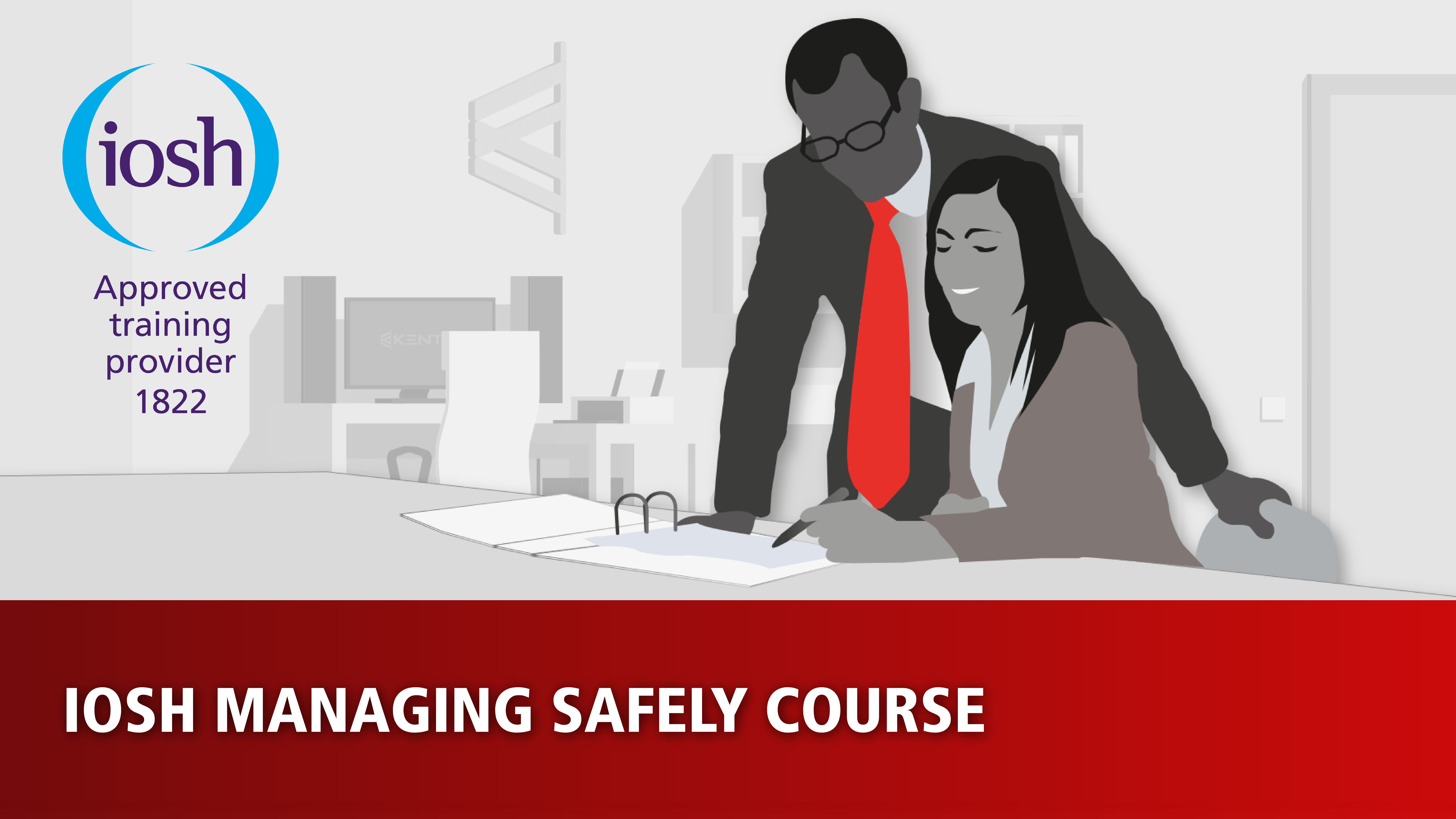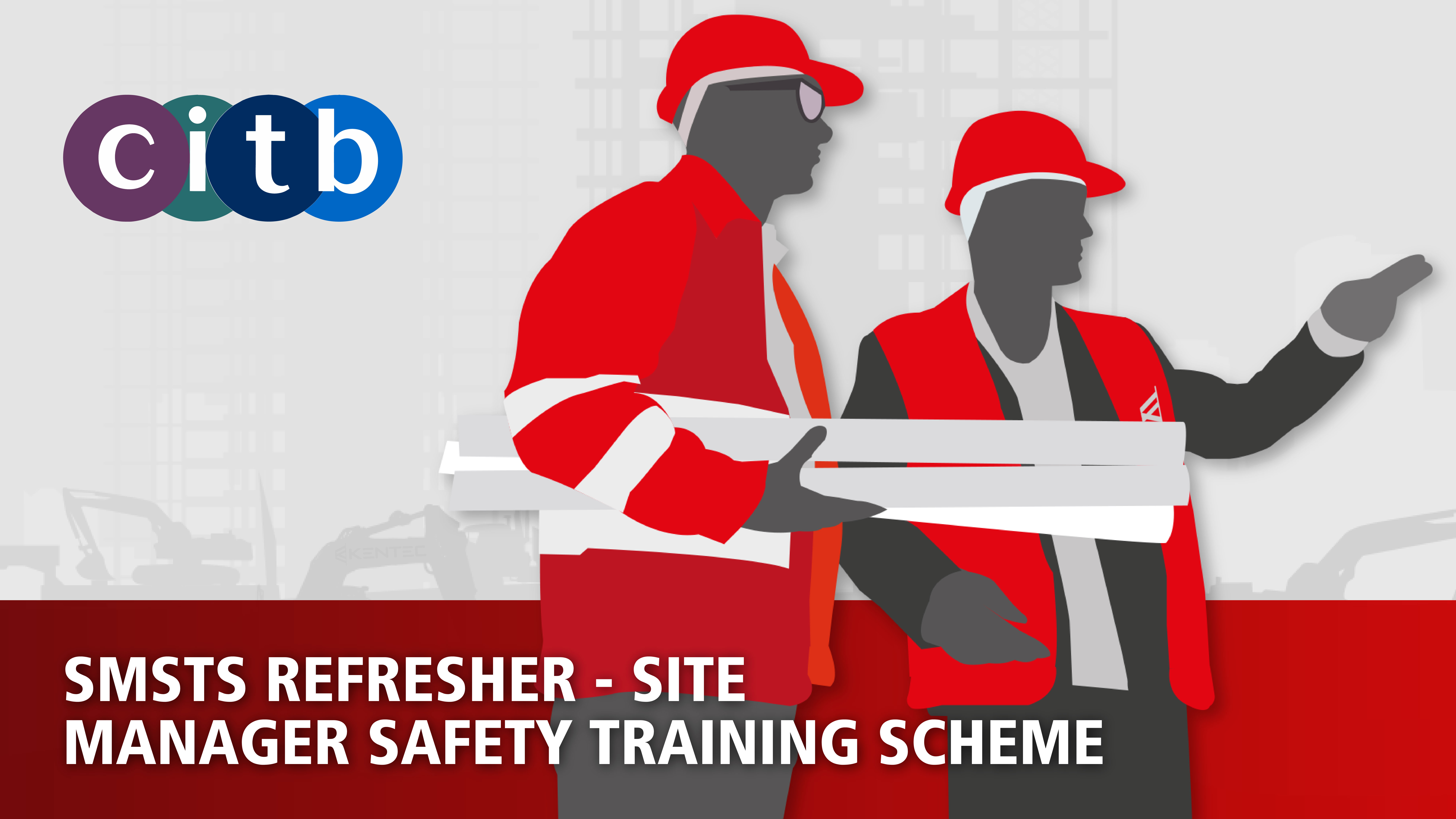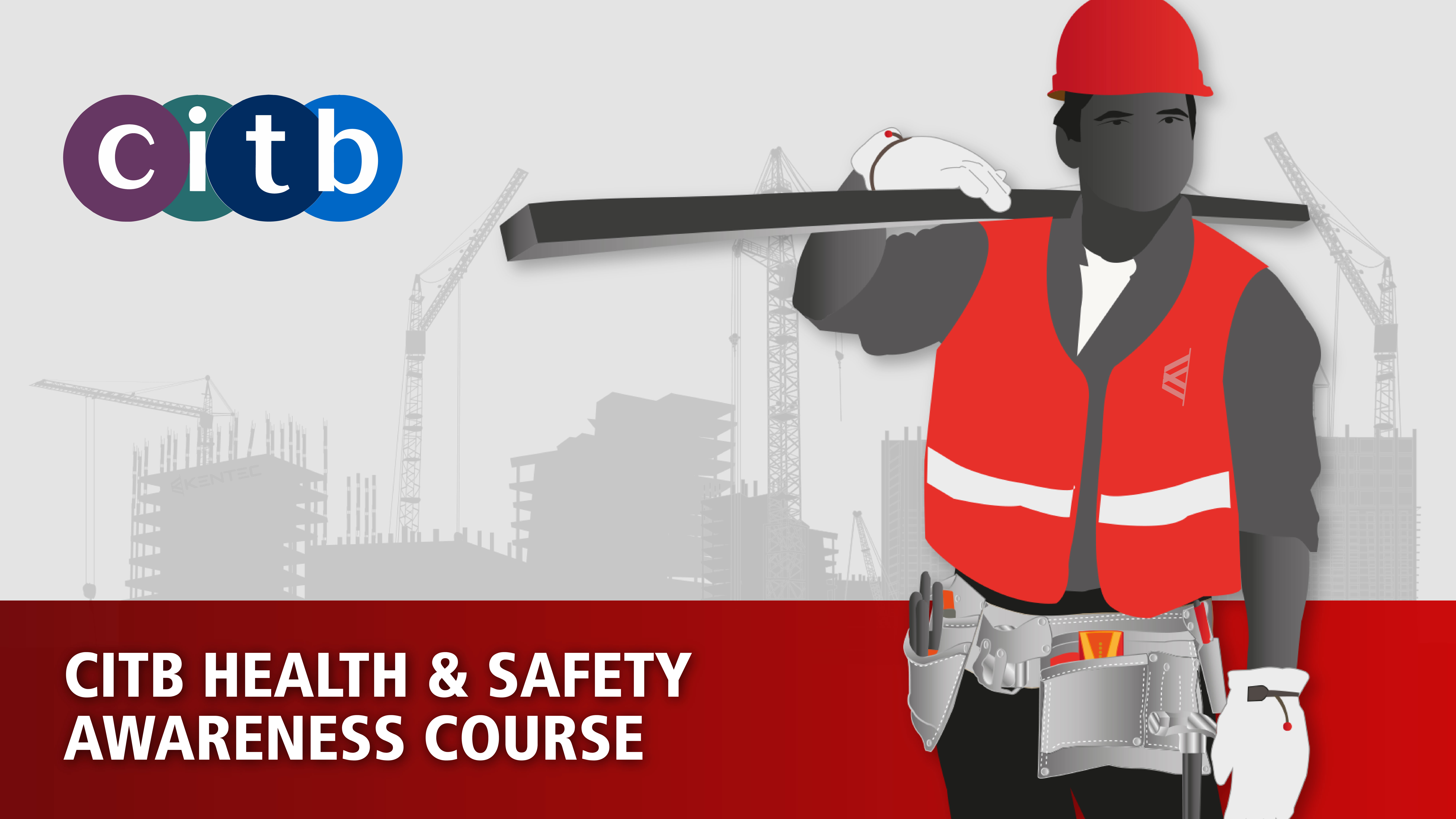Our QualSafe Safe Moving and Handling Course delivers a minimum of 6 hours of instruction and is designed to instruct up to a maximum of 12 delegates. This course is aimed at providing reasons for safer manual handling, the legal requirements and the process of completing risk assessments to reduce the risk of harm. Delegates will have the opportunity to practice safer manual handling principles when moving objects on their own, using equipment and as part of a team.
This course can be combined with our QA Principles of Manual Handling (QCF) Course should delegates require a practical session.
This course consists of a training room lecture, presentation and written assessment.
This course is suitable for anyone in an organisation who require to raise their awareness of the risks of unsafe manual handling practices and for people who may have to carry out manual handling as part of their job, e.g. handling deliveries, parcels and boxes.
The course is suitable:
- For those returning to work where manual handling activities may be required
- As refresher training
Please note that learners will be expected to take part in exercises that require you to bend to the floor and lift items, so please ensure delegates are in good health and do not have anything that may preclude them from taking part in the practical assessment. Delegates must be at least 16 years old to attend this course and it is advised that learners have a minimum of Level 1 in Literacy or Numeracy, or equivalent due to the multiple choice examination at the end of the course.
1. Understand the reasons for safe manual handling:
- Outline the potential injuries and ill health associated with incorrect manual handing
- Outline employer’s and employee’s duties relating to manual handling at work
- Outline the consequences for non-compliance with health and safety requirements at work
2. Understand how manual handling risk assessments contribute to improving health and safety
- Explain the terms ‘hazard’ and ‘risk’ in the context of manual handling work
- Outline the process for carrying out a manual handling risk assessment
- Describe the principle of the risk control hierarchy when applied to manual handling
3. Understand the principles, types of equipment and testing requirements associated with manual handling safety
- Describe safe movement principles associated with manual handling
- Outline the types of equipment designed to be used for manual handling tasks
- Outline the requirements for the testing, servicing and examination of manual handling and lifting equipment
4. Be able to apply safe manual handling principles
- Applying effort to, or moving a load or object manually on their own
- Using a manual handling aids and equipment
- When undertaking a manual handling tasks as part of a team
Successful delegates will be able to develop their understanding of the principles of manual handling and provide them with the opportunity to practice safer manual handling principles when moving objects on their own, using equipment and as part of a team.
At the end of the course delegates will take a multiple choice test. Successful delegates will receive an A4 certificate which will be valid for a period of 3 years from the date of the course.
Our FAQ area is the best place to look to find answer to your questions. Our community and support team
constantly update the questions and answers.
Yes. The QA Level 2 Award in Safe Moving and Handling (RQF) includes practical elements where learners are required to demonstrate safe lifting and handling techniques. These activities are supervised by the instructor to ensure they are carried out correctly and safely, with a focus on reducing the risk of injury and applying best practice in real workplace situations.
Yes, we can absolutely offer you support. We understand that everyone learns differently, and we’re committed to making our courses accessible to all. Our instructors are experienced in delivering training to individuals with varying levels of reading and writing ability.
We can offer additional verbal guidance, practical demonstrations, and one-to-one support when attending training courses at one of our training centres. If required, we can also arrange for assistance during written assessments, such as a reader.
Please let our support team know in advance if you have any concerns, and we’ll do everything we can to support you in successfully completing your training.
View All FAQs










